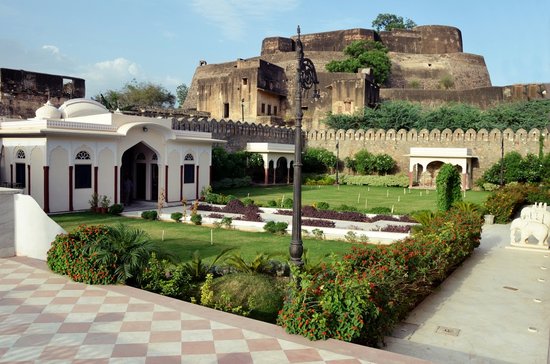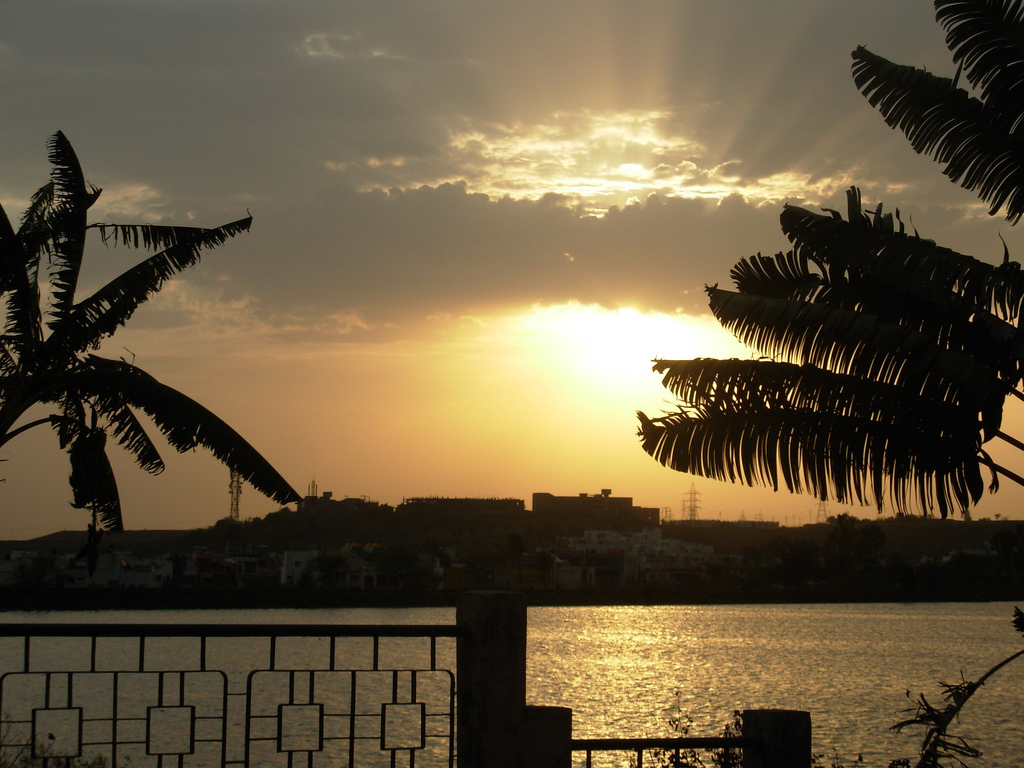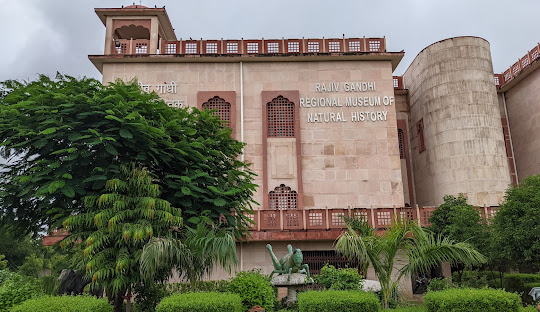


Rajasthan, state of northwestern India, located in the northwestern part of the Indian subcontinent. It is bounded to the north and northeast by the states of Punjab and Haryana, to the east and southeast by the states of Uttar Pradesh and Madhya Pradesh, to the southwest by the state of Gujarat, and to the west and northwest by the provinces of Sindh and Punjab in Pakistan. The capital city is Jaipur, in the east-central part of the state.
Read more
Shahpura Lake is a man-made water body in south Bhopal and was formed in 1974 – 1975 as a part of the Betwa Irrigation Scheme. In the following decades the surrounding village of Chuna Bhatti was urbanized, and hence it is no longer used for irrigation but acts as recreation and waterfront for the residents. The lake was originally constructed using a small stream which carried the overflow from oxidation ponds situated near Ekant Park area of today.
Read more
According to substantiation, the present Bhilwara city had a mint where coins known as 'Bhiladi' were minted and from this denomination was derived the name of the district. And another tall story goes like this the original Adivasi tribe known as Bheel helped Maharana Pratap in the war against Mughal Empire king Akbar lived in Bhilwara region that's this area came to be known as Bheel+Bada (Bheel's area) Bhilwara. Over the years it has emerged as one of the major cities of Rajasthan. Nowadays, Bhilwara is better known as the textile city in the country.
Read more
Many of Mewar's nobles were against Maharana Ari Singh II (r. 1761–1773). Ari Singh wooed Umaid Singh to his side and gave him the Pargana Kachola (District of Kachola). Umaid died at Ujjain, fighting for the Maharana against Madhav Rao Sindhia. In 1869, Nahar Singh, who had been adopted, became the ruler of Shahpura (he had been the son of Balwant Singh of Dhanop). In 1903, the British appointed him a Knight Commander of the Order of the Indian Empire (KCIE), and entitled him to a 9-gun salute. He became a member of the Mehdraj Sabha. Later, he refused to go into the service of Maharana Fateh Singh, claiming to be an independent ruler. However, the British ruled that he would have to comply, every second year, and pay Rs. 1 Lakh to the Maharana as a penalty for not attending his court.
Read more
The story of Rani Sati Dadi Maa starts from the time of Mahabharata. The young and heroic warrior, Abhimanyu, was killed by the Kauravas on the battlefield by using unethical methods, when he was unarmed. Abhimanyu's wife Uttara was shocked and distraught to hear of her husband's death. As a Hindu wife, Uttara was devoted to her husband and, upon hearing of his death, wanted to ascend his funeral pyre and commit Sati. She stated her intention of joining her husband in death and in the hereafter. While the act of Sati is held to be meritorious in the highest degree, the elders of her family told her that Sati at this point would be sinful rather than meritorious. This was because Uttara was pregnant at this time, and a pregnant woman committing Sati is against Dharma, they said.
Read moreWelcome to the Travel Rani. We are here for help. If you have pre-sale questions just call us today!





© Travel Rani. All rights reserved 2024. Powered by: Rapsys Info Tech




